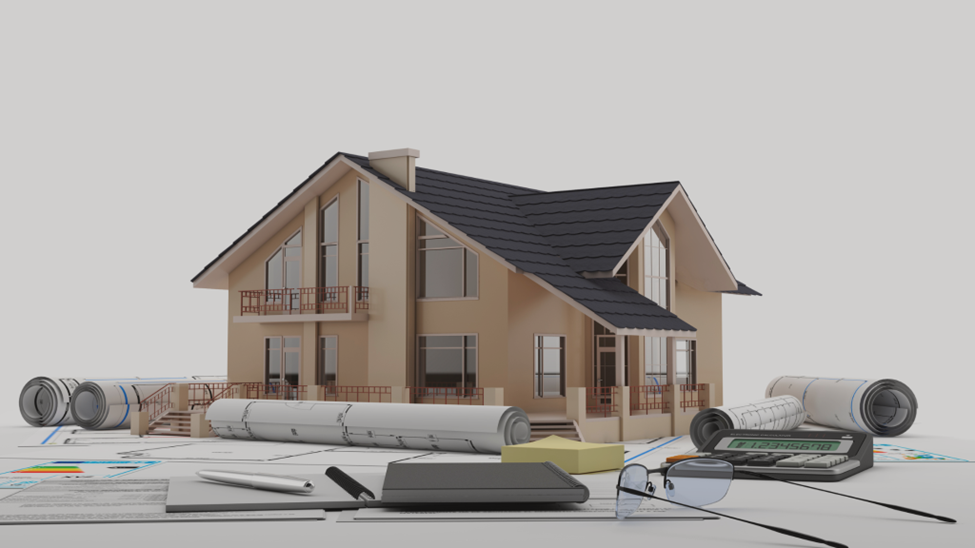Why are some homes spared while others are totally destroyed in a Wildfire?
- Brian Hval
- Aug 31, 2021
- 3 min read
by Brian Hval

Wildfires destroy homes and memories! Here is what you can do to minimize the risk! Lots of tips for the fire protection of both new and existing homes!
The homes that are spared a wildfire disaster have one or more of the following firewise features in common:
Location - the building site is located away from a forested slope. Wildfires tend to rush upwards. Hot air rises, right? Yes, the view is great peering over an edge but that makes your house a great target for fire rushing up the slope!
Building Construction - here are some of the things you can do to improve fire resistance of your home:

Roof - should be made from metal or tile. Something that cannot burn. Houses with those attractive wood shakes are sure to burn when they trap all those sparks and embers from the fire!
Exterior Walls - use metal, concrete, stucco, tile or cement board. It is hard to destroy if it cannot burn! Forget fire-resistant vinyl siding! It just sags and melts into a blazing puddle of goo!
New homes should be built using steel studs in the exterior walls instead of wood 2x4s or 2x6's.
Windows - are double-paned glass. Forget fibreglass skylights or deck coverings! Plastic just go, poof!
Window Trim - metal of course! Why put PVC around that expensive glass? The heat is just going to melt the vinyl trim! Then the glass window falls out … and lets the fire inside!
Decks and Patios - are always made from concrete pavers, tiles or stamped concrete. Never wood!
Fencing - use chain link, iron or rock. Those tall cedar fences and nice-looking wood trellis make the perfect “fire ladders” bringing fire directly to your house!
Landscaping - flammable shrubs, flowers are kept well away from the house!

Fire Break - clear vegetation from the immediate vicinity of your home. This may stop a slow-moving fire or at least provide room for firefighters to defend your home!

Tall Trees - they may look great and provide shade … but will the flaming branches blow onto your house? Or will the blazing trunk crash onto your roof? Keep the trees well away!

Trash the Tinder - savvy owners keep roof gutters and other areas free of flammable tree needles and dried leaves. Why feed the fire?

Propane Tanks - should be secured in their own metal building or fireproof enclosure.
Vehicles - are never left parked near the house if there is an imminent wildfire event. If you insist, why not just place some jerry cans of gasoline on your front doorstep? Same effect on a fire!

The vehicle tires become torches and the gas tank just adds to the drama of your house burning down!
Firewater Tanks - should always be metal like this:

A swimming pool is a good alternate source of water. Or a nearby pond or lake.
Hoses and Sprinklers - install roof sprinklers so they are ready to go when needed. Supply lines should be inside the house with metal outlets placed in strategic locations on the roof. Test your sprinkler system BEFORE it is needed!
Firewater Pump Power - should be independent. You cannot rely on grid electric power to keep sprinklers going!
Evacuation Preparations - have all your key documents, medications, etc. ready to go in a bag by the door. Fireproof safes are NOT dependable in a major fire. Move it or lose it!

Evacuate when instructed to do so. Have at least two escape routes. Don't stay behind to defend your home unless you have a secure path of retreat, i.e. boat on a lake!
Release penned animals that you cannot take with you!


Remember … all that stuff perishable in a fire can be replaced! You and your loved ones come first!
Wildfire survival? It is possible if you are prepared!
Further links for curious readers:
How to become part of a Firewise Community:
by Brian Hval



